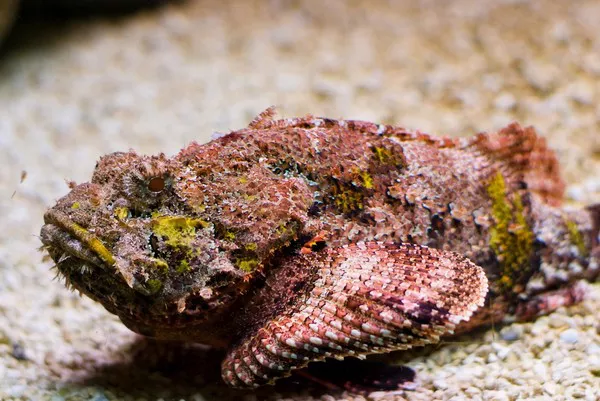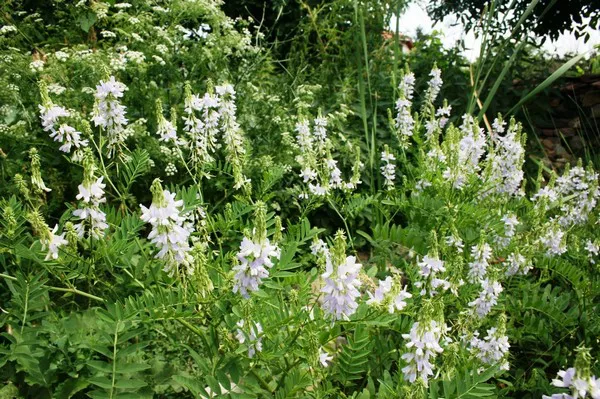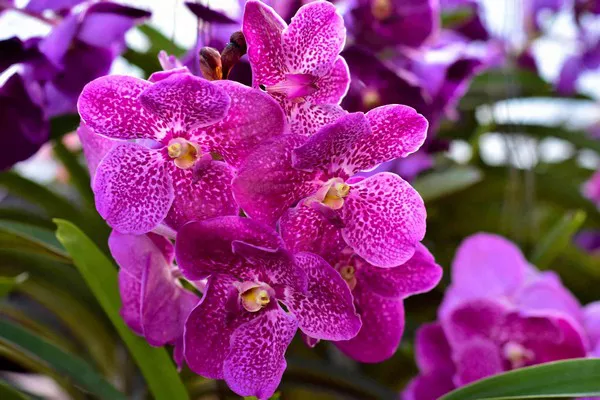In the delicate tapestry of ecosystems worldwide, certain animals have emerged as silent invaders, disrupting the balance and threatening native biodiversity. In this in-depth exploration, we unveil the 15 most invasive animals, examining the ecological, economic, and social impacts they leave in their wake. From voracious predators to prolific breeders, these invaders have reshaped landscapes and ecosystems, prompting urgent calls for conservation and management.
15 Most Invasive Animals on Earth
1. Brown Tree Snake (Boiga irregularis):
Our journey begins in the Pacific, where the Brown Tree Snake has wreaked havoc on the region’s delicate island ecosystems. Introduced accidentally in the mid-20th century, this arboreal serpent has decimated bird populations and altered the very fabric of Guam’s biodiversity. We explore the ecological consequences and ongoing efforts to control this invasive reptile.
2. Cane Toad (Rhinella marina):
From the wetlands of South America to the shores of Australia, the Cane Toad has become an emblem of unintended ecological consequences. Introduced to control agricultural pests, this toxic amphibian has instead proliferated and caused widespread harm to native fauna. Our examination delves into the unique challenges posed by the Cane Toad and the innovative approaches to mitigate its impact.
3. European Starling (Sturnus vulgaris):
With its iridescent plumage and mimicking prowess, the European Starling might seem innocuous. However, introduced to North America in the 19th century, this bird has outcompeted native species, disrupted agricultural practices, and even posed hazards to aviation. We explore the multifaceted impact of this invasive avian species and the ongoing efforts to manage its populations.
4. Zebra Mussel (Dreissena polymorpha):
Beneath the surface of freshwater ecosystems, the Zebra Mussel has silently spread, encrusting surfaces and altering the very dynamics of lakes and rivers. Originating from Eastern Europe, this invasive bivalve has caused economic losses and ecological imbalances. Our examination navigates the pathways of Zebra Mussel invasion and the challenges faced in mitigating its widespread impact.
5. Asian Carp (Hypophthalmichthys spp.):
Introduced to North American waterways for aquaculture and wastewater management, Asian Carp have become notorious for their leaping behavior and voracious appetites. Our exploration dives into the ecological disruptions caused by these invasive fish and the ongoing efforts to prevent their spread into the Great Lakes.
6. Red Imported Fire Ant (Solenopsis invicta):
From South America to the Southern United States, the Red Imported Fire Ant has spread its painful sting and aggressive behavior. Introduced accidentally, these ants have altered ecosystems, damaged agriculture, and posed a threat to human health. We examine the challenges in controlling their populations and the innovative approaches employed to mitigate their impact.
7. European Rabbit (Oryctolagus cuniculus):
Introduced for hunting purposes in Australia, the European Rabbit has become an ecological nightmare, causing soil erosion, habitat degradation, and outcompeting native species. Our exploration takes us through the history of rabbit introduction and the ongoing struggles to manage their populations in the vast Australian landscape.
8. Nutria (Myocastor coypus):
Originally brought to North America for fur farming, the Nutria has become a destructive force in wetland ecosystems. Their prolific breeding and voracious appetite for vegetation have led to habitat loss and ecological imbalances. We delve into the ecological repercussions of Nutria invasion and the efforts to control their spread.
9. Domestic Cat (Felis catus):
While domestic cats may be beloved companions, their feral counterparts have become formidable predators on a global scale. From islands to continents, these stealthy hunters have driven native species to extinction and disrupted fragile ecosystems. Our examination explores the complex relationship between domestic cats and wildlife conservation efforts.
10. Africanized Honey Bee (Apis mellifera scutellata):
Africanized Honey Bees, often dubbed “killer bees,” have spread from Africa to the Americas, bringing aggressive behavior and swarming tendencies. Our exploration delves into the ecological and societal impacts of these invasive bees and the ongoing research to understand and manage their presence.
11. Wild Boar (Sus scrofa):
Originally introduced for hunting and agriculture, Wild Boars have become a destructive force in ecosystems around the world. Their rooting behavior damages crops, disrupts habitats, and poses a threat to native flora and fauna. We explore the challenges posed by Wild Boar invasions and the efforts to control their populations.
12. House Sparrow (Passer domesticus):
From Europe to Asia and the Americas, the House Sparrow has followed human settlements, becoming one of the most widespread avian invaders. Our examination delves into the ecological and cultural impacts of these adaptable birds and the ongoing challenges in managing their populations.
13. Mute Swan (Cygnus olor):
With its graceful appearance and regal presence, the Mute Swan has become a problematic invader in North America. Originally introduced for ornamental purposes, these swans have displaced native waterfowl and altered aquatic ecosystems. Our exploration navigates the conflicts surrounding Mute Swan populations and the management strategies in place.
14. Black Rat (Rattus rattus):
As companions on maritime trade routes, Black Rats have spread globally, infiltrating islands and ecosystems with profound consequences. Our examination uncovers the ecological disruptions caused by these invasive rodents and the ongoing efforts to control their populations in diverse habitats.
15. Argentine Ant (Linepithema humile):
The Argentine Ant, with its expansive colonies and cooperative behavior, has become a formidable invader in various parts of the world. Our exploration delves into the ecological and social impacts of these invasive ants, examining their ability to outcompete native species and disrupt ecosystems.
Conclusion:
In the intricate dance of ecosystems, the invasion of these 15 animals has left an indelible mark on the planet. As we examine the ecological, economic, and social consequences of their presence, it becomes clear that the fight against invasive species requires a multifaceted approach. From innovative control methods to public awareness, our exploration underscores the importance of understanding and addressing the challenges posed by these silent invaders for the preservation of global biodiversity.
You Might Be Interested In:
























